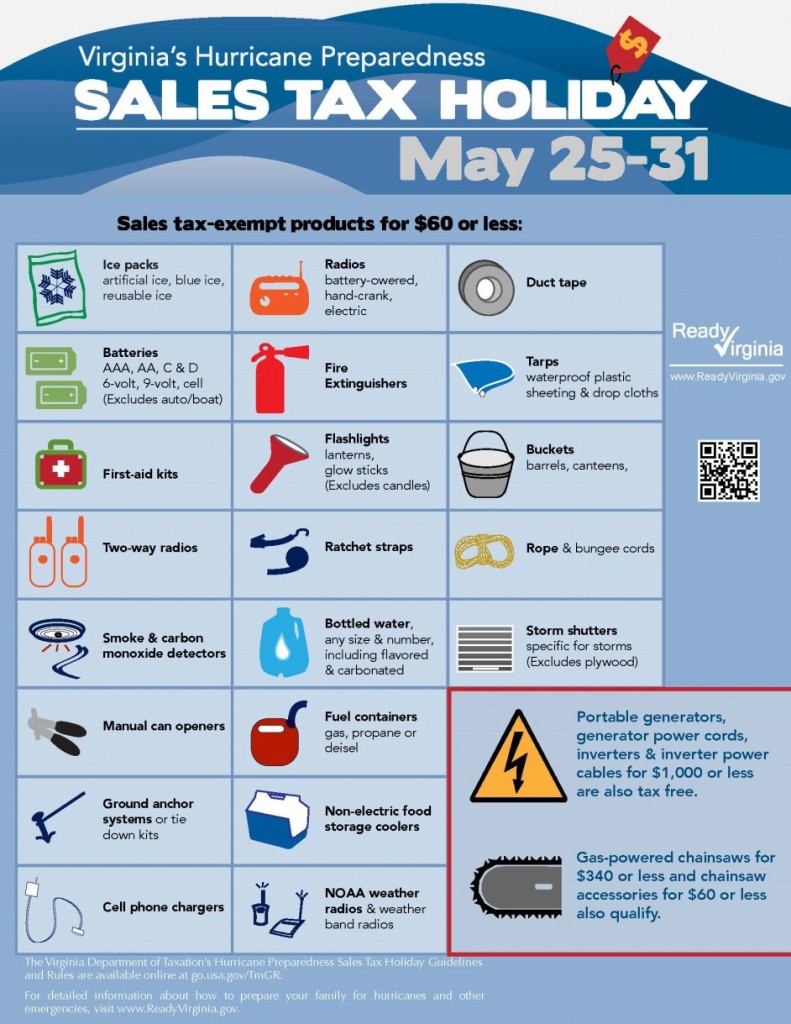Many Virginians remember where they were and how they reacted on August 23, 2011, when an historic 5.8 earthquake centered in Louisa County. Although we do not experience earthquakes often in Virginia, that day is a reminder that we need to be prepared and know what to do. October is Earthquake Preparedness Month. If the ground starts shaking, what do you do? Drop, Cover and Hold On! Earthquakes happen without warning, and the shaking may be so severe that you cannot run or crawl. DROP to the ground. Take COVER by getting under a sturdy desk or table, and HOLD ON to it until the shaking stops.
It is important to know where you should go for protection when your home starts to shake. By planning and practicing what to do before an earthquake occurs, you can condition yourself and your family to react correctly and spontaneously when the first jolt or shaking is felt. An earthquake drill can teach your family what to do in an earthquake.
- Each family member should know safe spots in each room.
- Safe spots: The best places to be are under heavy pieces of furniture, such as a desk or sturdy table; under supported archways; and against inside walls.
- Danger spots: Stay away from windows, hanging objects, mirrors, fireplaces, and tall unsecured pieces of furniture.
- Reinforce this knowledge by physically placing yourself in the safe locations. This is especially important for children.
- In the days or weeks after this exercise, hold surprise drills.
- Be prepared to deal with what you may experience after an earthquake — both physically and emotionally.
For more information about earthquake emergency procedures at NOVA, please visit www.nvcc.edu/emergency. For additional earthquake preparedness tips, visit www.vaemergency.gov/readyvirginia/stayinformed/earthquakes or www.ready.gov/earthquakes.

